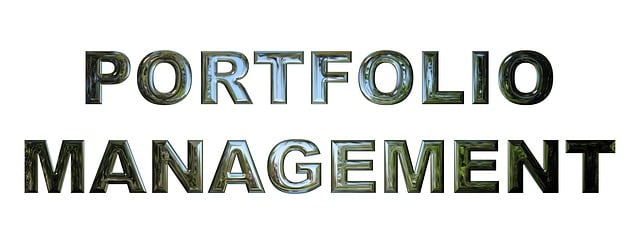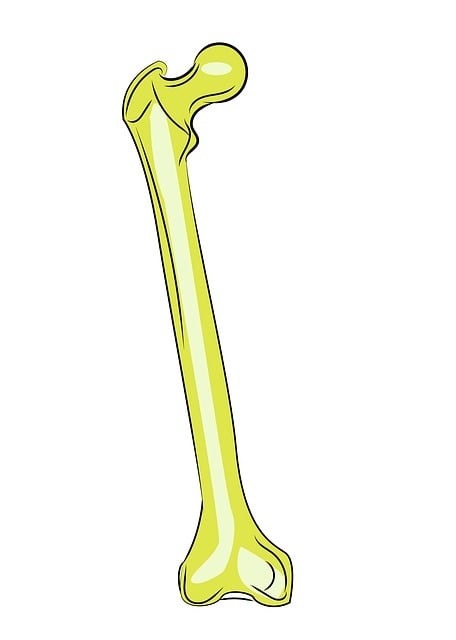Chronic pain, a debilitating condition stemming from nerve damage, muscle strain, or joint inflammation, is managed through non-invasive strategies like acupuncture, chiropractic care, and mindfulness practices. Emerging tissue regeneration techniques such as platelet-rich plasma (PRP) and mesenchymal stem cell therapy offer powerful solutions by harnessing the body's natural healing mechanisms. Holistic approaches including herbal therapy, yoga, and dietary adjustments also provide effective pain relief and support tissue repair. Innovative technologies like transcranial magnetic stimulation (TMS) and ultrasound therapy further revolutionize non-invasive chronic pain management, offering safe and lasting results without invasive risks.
Chronic pain affects millions, yet non-invasive solutions offer hope beyond traditional treatments. This article explores comprehensive approaches to managing chronic pain, focusing on innovative techniques like tissue regeneration methods that harness the body’s inherent healing abilities. We delve into natural remedies, mind-body practices, and emerging technologies, providing a multi-faceted approach to alleviate suffering and enhance quality of life for those navigating this complex condition. Discover how these non-invasive solutions can revolutionize chronic pain management.
- Understanding Chronic Pain and Non-Invasive Approaches
- The Role of Tissue Regeneration Techniques
- Exploring Natural Remedies for Effective Pain Relief
- Mind-Body Practices for Chronic Pain Management
- Emerging Technologies in Non-Invasive Pain Therapy
Understanding Chronic Pain and Non-Invasive Approaches

Chronic pain, lasting for months or even years, is a complex condition that significantly impacts an individual’s quality of life. It often arises from various sources, including nerve damage, muscle strain, or joint inflammation. Unlike acute pain, which serves as a warning signal, chronic pain persists long after the initial injury has healed. This ongoing sensation can lead to physical limitations and emotional distress if left unmanaged.
Non-invasive solutions for chronic pain management focus on addressing its underlying causes while promoting tissue regeneration and reducing reliance on medications. Techniques such as acupuncture, chiropractic care, and physical therapy aim to restore natural balance in the body, improve circulation, and enhance the healing process. Additionally, mindfulness practices and cognitive behavioral therapy (CBT) help individuals manage their pain by changing how they perceive and respond to it, ultimately fostering a more holistic approach to chronic pain relief.
The Role of Tissue Regeneration Techniques

Tissue regeneration techniques are emerging as powerful non-invasive solutions for chronic pain management, offering a promising alternative to traditional treatments. These advanced approaches focus on stimulating the body’s natural healing mechanisms to repair and regenerate damaged tissues, thereby alleviating pain and improving overall function. By promoting tissue regeneration, these methods aim to address the root cause of chronic pain instead of merely masking symptoms.
One notable example is platelet-rich plasma (PRP) therapy, where a patient’s own blood is used to accelerate the healing process. PRP contains high concentrations of growth factors that encourage tissue regeneration and reduce inflammation. Similarly, mesenchymal stem cell (MSC) therapy has shown potential in treating chronic pain conditions by differentiating into various cell types, promoting tissue repair and reducing scar formation. These non-invasive techniques offer minimal side effects and are tailored to individual patient needs, making them valuable additions to the arsenal of chronic pain management strategies.
Exploring Natural Remedies for Effective Pain Relief

Chronic pain is a complex condition that often requires a multifaceted approach to management. One area that has gained significant attention is the exploration of natural remedies, which offer promising solutions for effective pain relief while promoting tissue regeneration. These natural methods focus on harnessing the healing power of the body’s own mechanisms, providing an alternative to invasive procedures.
Herbal treatments, acupuncture, and certain dietary changes are among the natural remedies that have shown potential in treating chronic pain conditions. For instance, specific herbs contain anti-inflammatory properties that can help reduce pain associated with arthritis or fibromyalgia. Acupuncture, an ancient practice, stimulates specific points on the body to release natural painkillers and promote blood flow, aiding in tissue regeneration. Additionally, dietary interventions, such as increasing intake of omega-3 fatty acids and antioxidants, can reduce inflammation and support overall well-being, contributing to better pain management.
Mind-Body Practices for Chronic Pain Management

Mind-body practices have emerged as powerful tools in the non-invasive arsenal for chronic pain management. Techniques such as mindfulness meditation, yoga, and tai chi focus on cultivating a deeper connection between the mind and body, which can be incredibly effective in reducing pain perception. These practices promote relaxation, improve posture and movement patterns, and stimulate the body’s natural healing mechanisms, including tissue regeneration.
By integrating these mind-body approaches into their routines, individuals with chronic pain can gain better control over their symptoms. They learn to respond rather than react to pain signals, fostering a sense of calm and empowering them to engage in more physical activities without triggering discomfort. This holistic approach not only provides relief from pain but also enhances overall well-being and quality of life.
Emerging Technologies in Non-Invasive Pain Therapy

The realm of non-invasive pain management has seen a surge in innovative solutions, particularly with emerging technologies that offer promising avenues for chronic pain relief. One notable area of interest is tissue regeneration, which aims to repair and rejuvenate damaged or degenerated tissues responsible for causing persistent discomfort. Advanced techniques such as platelet-rich plasma (PRP) therapy have gained traction, utilizing the body’s own healing mechanisms by injecting concentrated growth factors derived from blood plates to stimulate tissue repair.
Additionally, technologies like transcranial magnetic stimulation (TMS) and ultrasound therapy are transforming pain treatment. TMS non-invasively targets specific brain regions associated with pain perception, offering relief for conditions like neuropathic pain. Ultrasound, on the other hand, can promote tissue healing and reduce inflammation through targeted sound waves, providing an effective alternative to invasive procedures. These emerging technologies hold immense potential in revolutionizing chronic pain management, delivering safe, efficient, and long-lasting solutions without inciting the side effects often associated with traditional invasive approaches.
Chronic pain management has evolved beyond traditional invasive methods, embracing a spectrum of non-invasive solutions. From understanding the complex nature of chronic pain to exploring innovative techniques like tissue regeneration, natural remedies, mind-body practices, and emerging technologies, a holistic approach now exists to address this pervasive issue. Integrating these diverse strategies offers hope for those suffering from chronic pain, providing effective relief and improved quality of life without resorting to invasive procedures.
